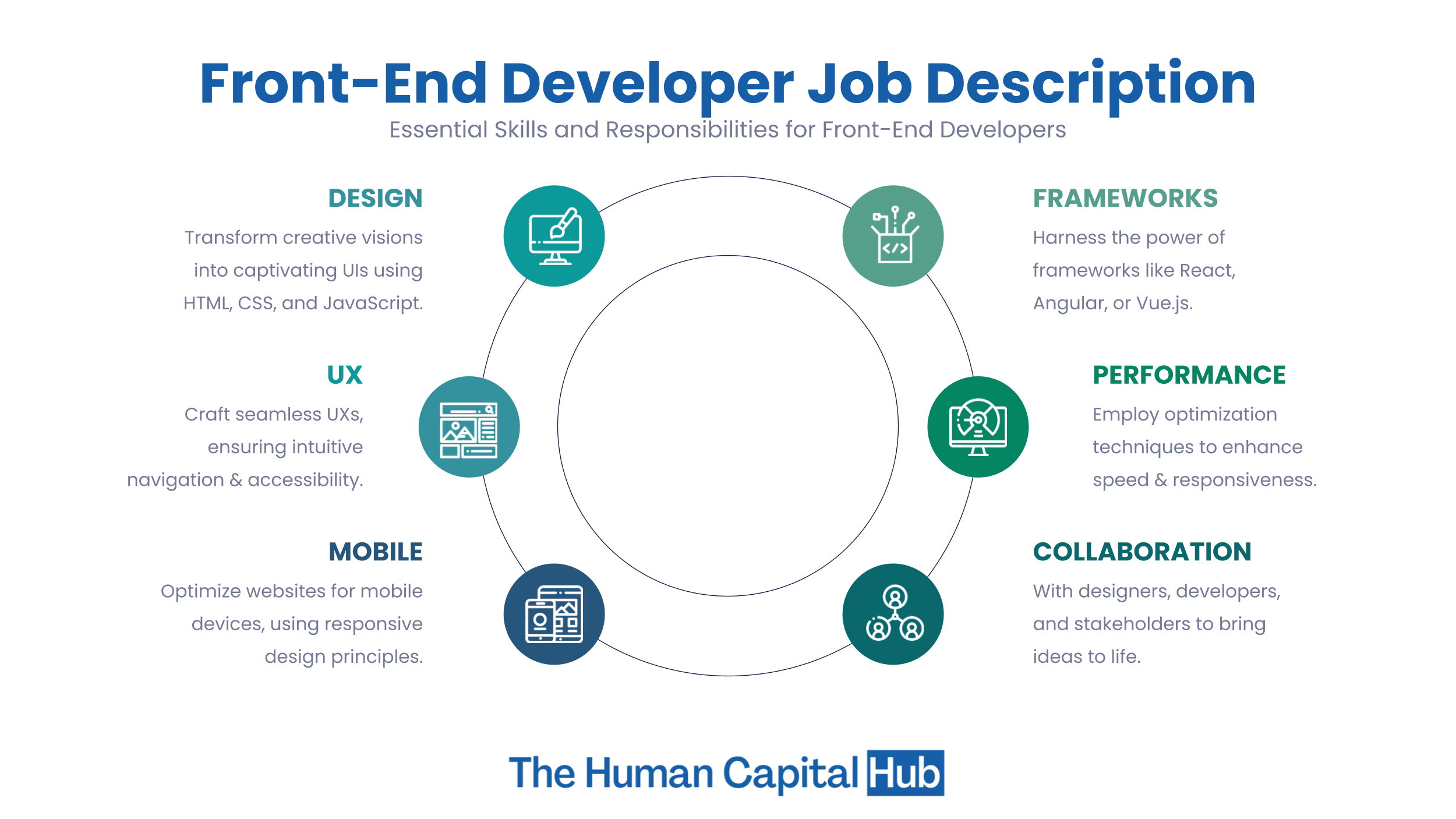79tka Insights
Your go-to source for the latest news and information.
Dancing with Data: How Front-End Devs Make User Experiences Rhythmic
Discover how front-end devs create rhythmic user experiences with data! Dive into the dance of design and functionality.
The Choreography of Code: How Front-End Developers Create Smooth User Journeys
The choreography of code is an art form that front-end developers master to orchestrate seamless user experiences. By leveraging HTML, CSS, and JavaScript, developers paint a dynamic landscape where every element plays a crucial role in guiding the user along their journey. The process begins with user-centered design, focusing on intuitive navigation and engaging interfaces that draw users in. Techniques such as responsive design ensure that experiences remain consistent across devices, while animations and transitions breathe life into static elements, making interactions feel fluid and natural.
At the core of this choreography lies a deep understanding of user behavior and what makes a website or application feel cohesive. Front-end developers utilize frameworks like React or Vue.js to create interactive elements that respond instantly to user actions. Moreover, optimizing page load speeds and ensuring accessibility are essential choreography components, allowing all users to enjoy a harmonious experience, irrespective of their background or device. By continuously testing and refining these elements, developers achieve a finely tuned dance that captivates users and transforms mere visits into meaningful engagements.

Balancing Aesthetics and Functionality: Essential Design Principles for Front-End Developers
In the world of front-end development, finding the right equilibrium between aesthetics and functionality is paramount. Designers and developers must work hand-in-hand to create user interfaces that are not only visually appealing but also intuitive and efficient. To achieve this, it’s essential to adhere to key design principles, such as hierarchy, contrast, and consistency. By applying these principles, developers can guide users through their experience while ensuring that the interface remains organized and easy to navigate. Remember, a beautiful design can be rendered ineffective if users find it challenging to interact with.
One of the most crucial aspects in balancing aesthetics and functionality is prioritizing responsiveness. With the proliferation of various screen sizes and devices, a design must adapt seamlessly to different contexts without sacrificing visual coherence or user experience. Utilize techniques such as flexbox and grid layouts to maintain structural integrity across platforms. Additionally, it’s vital to keep accessibility at the forefront of design decisions—ensuring that all users, including those with disabilities, can interact with your application easily creates a more inclusive environment that embodies the true spirit of design.
How Data Visualization Enhances User Engagement in Front-End Development
In today's digital landscape, data visualization serves as a powerful tool in front-end development, significantly enhancing user engagement. By transforming complex data sets into easily digestible graphics such as charts and infographics, developers can help users comprehend information quickly and intuitively. This not only fosters a deeper understanding of the content but also encourages users to spend more time interacting with the site. As a result, effective data visualization can lead to improved user retention and greater overall satisfaction.
Moreover, incorporating data visualization techniques into front-end design fosters interactivity, enabling users to manipulate data in real-time. Features such as interactive dashboards and drill-down options allow users to engage with the data on a personal level, thus creating a more immersive experience. This level of interactivity not only captivates users but also drives them to explore further, increasing the likelihood of conversions. In essence, leveraging data visualization not only improves the aesthetic appeal of web applications but also adds significant functional value, ultimately enhancing user engagement.